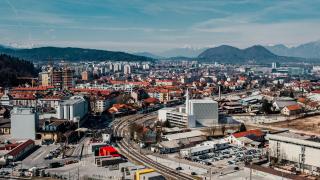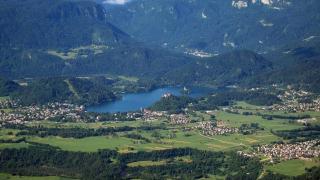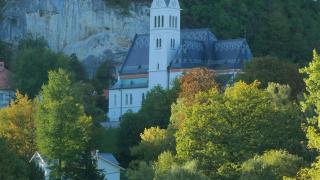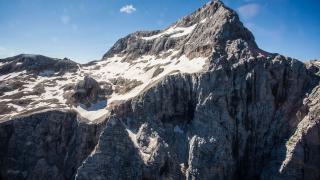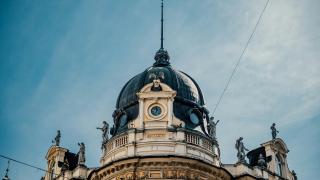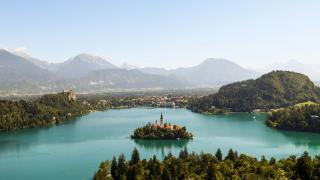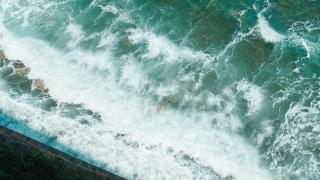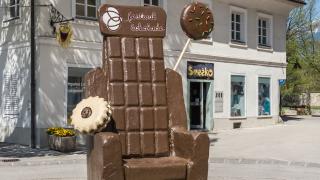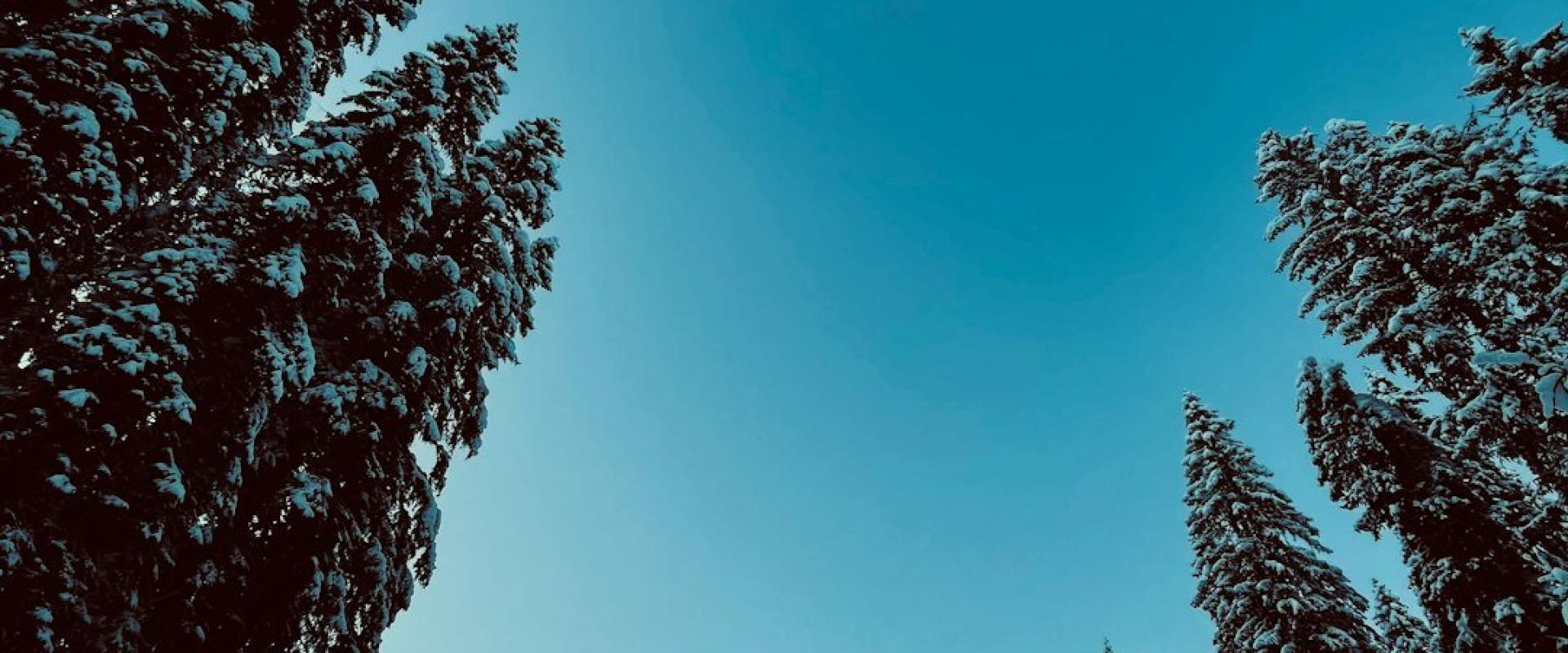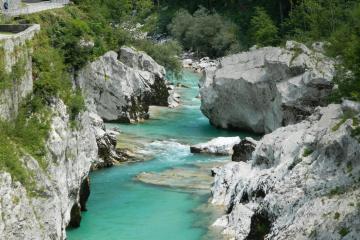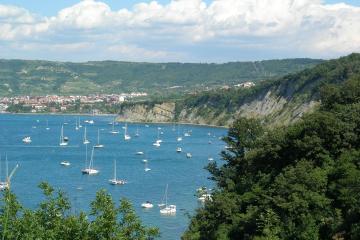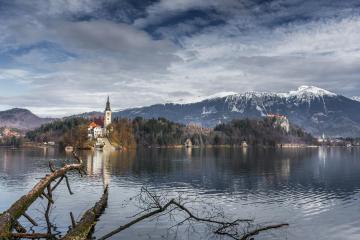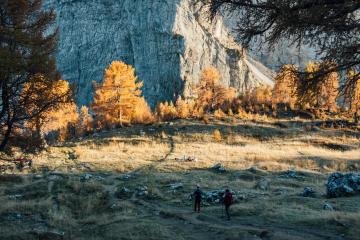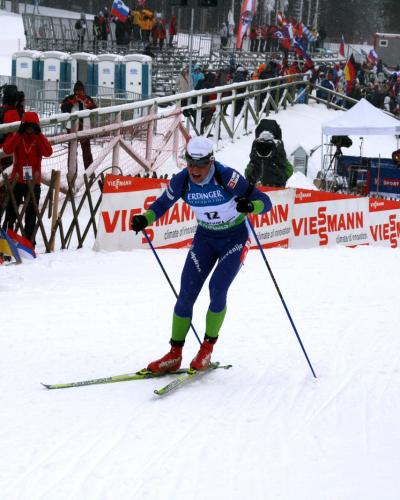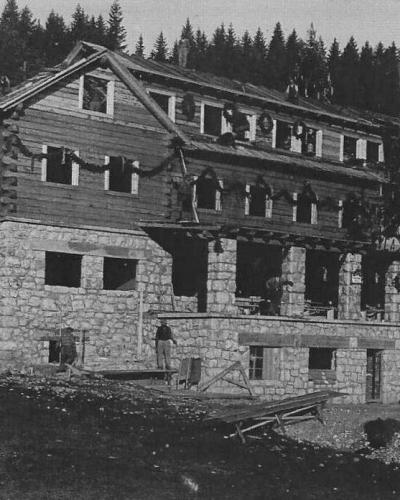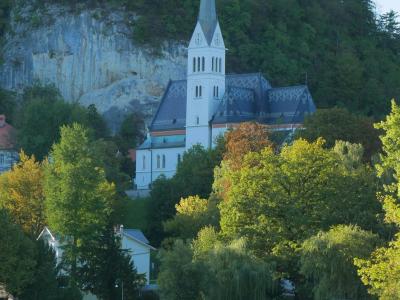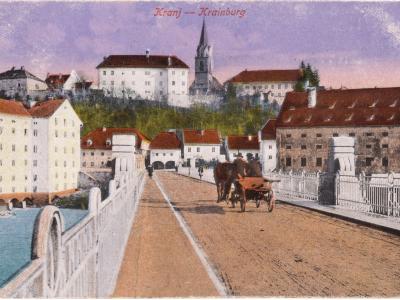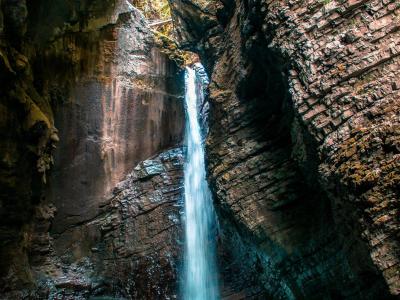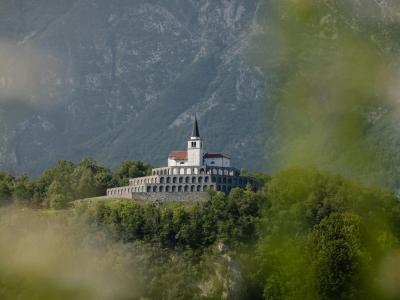Pokljuka
Forest plateau with biathlon, gorges, and alpine pastures
Pokljuka, stretching across the Julian Alps, is one of Slovenia’s most celebrated natural landscapes. Its history is deeply tied to alpine pastoralism, with shepherds and cattle herders shaping the plateau’s meadows and traditional wooden huts for centuries. Today, Pokljuka is part of Triglav National Park, ensuring the protection of its ancient spruce forests, peat bogs, and diverse wildlife. The plateau’s unique karst terrain is dotted with sinkholes, clearings, and hidden pastures, offering a sense of wilderness and tranquility just a short drive from Lake Bled and Lake Bohinj.
The main attraction of Pokljuka is its extensive network of outdoor activities. In summer, the plateau is a paradise for hikers and mountain bikers. Trails lead to iconic sites such as Planina Zajamniki, a picturesque mountain pasture with traditional huts and sweeping views of the Julian Alps. The Pokljuka Gorge, a dramatic chasm carved by glacial meltwater, offers adventurous walks through narrow passages, over wooden bridges, and past mossy cliffs. Vodnikov Lookout and the peaks of Viševnik and Debela Peč are popular hiking destinations, rewarding visitors with panoramic vistas and wildflower meadows.
Pokljuka is also famous as a center for biathlon and cross-country skiing. The Pokljuka Sports Centre regularly hosts World Cup biathlon events, attracting athletes and fans from around the globe. In winter, the plateau’s well-groomed ski trails and snowshoeing routes wind through silent forests and open glades, providing a peaceful alternative to busier alpine resorts. The area is also suitable for family-friendly sledding, winter hiking, and wildlife tracking.
Traditional alpine culture is alive on Pokljuka’s pastures, where shepherds still produce cheese and other dairy products during the summer months. Visitors can sample local specialties at mountain huts or join guided tours to learn about the region’s pastoral heritage and natural history. The plateau’s biodiversity includes rare plants, birds, and mammals, making it a rewarding destination for nature observation and photography.
Pokljuka is easily accessible by car from Bled (about 20 km) and Bohinj, with well-maintained roads leading to major trailheads and the sports center. Public buses run seasonally from Bled and Bohinj, and parking is available at key access points. Accommodation options range from mountain lodges and guesthouses to eco-friendly hotels, catering to all preferences and budgets.
The best time to visit Pokljuka is from June to September for hiking, cycling, and exploring the pastures, while December to March is ideal for cross-country skiing and winter sports. Spring and autumn offer quieter trails, blooming wildflowers, and colorful foliage, making them excellent for peaceful retreats and nature walks.
With its blend of alpine adventure, traditional culture, and unspoiled landscapes, Pokljuka is a destination that invites exploration and promises memorable experiences in every season.
Best Time to Visit
June to September is best for hiking and cycling; December to March offers excellent cross-country skiing and winter sports in snowy forests.
Plan Your Visit to Pokljuka
Essential travel tips and information for your trip to Pokljuka.
Travel Tips
Currency
Euro (EUR) • Cards widely accepted
Language
Slovenian • English in tourist areas
WiFi
Free WiFi in cafes and hotels
Explore Pokljuka by Interest
Discover attractions and experiences in Pokljuka organized by your interests and travel preferences.
All attractions in Pokljuka
Sorted by our recommendation score
Quick Facts
Book your stay
More destinations in Bled & Bohinj
Explore other amazing places in the Bled & Bohinj region
